But then again, I've only made two attempts so far—both this year.
Back in January, I'd driven up to Morro Bay for its annual bird festival in the pouring rain. So, when I made a pit stop in Pismo Beach to check out its butterfly preserve, the few butterflies they had were all clustered high up in a eucalyptus tree, barely visible without somebody aiming at laser pointer at them.
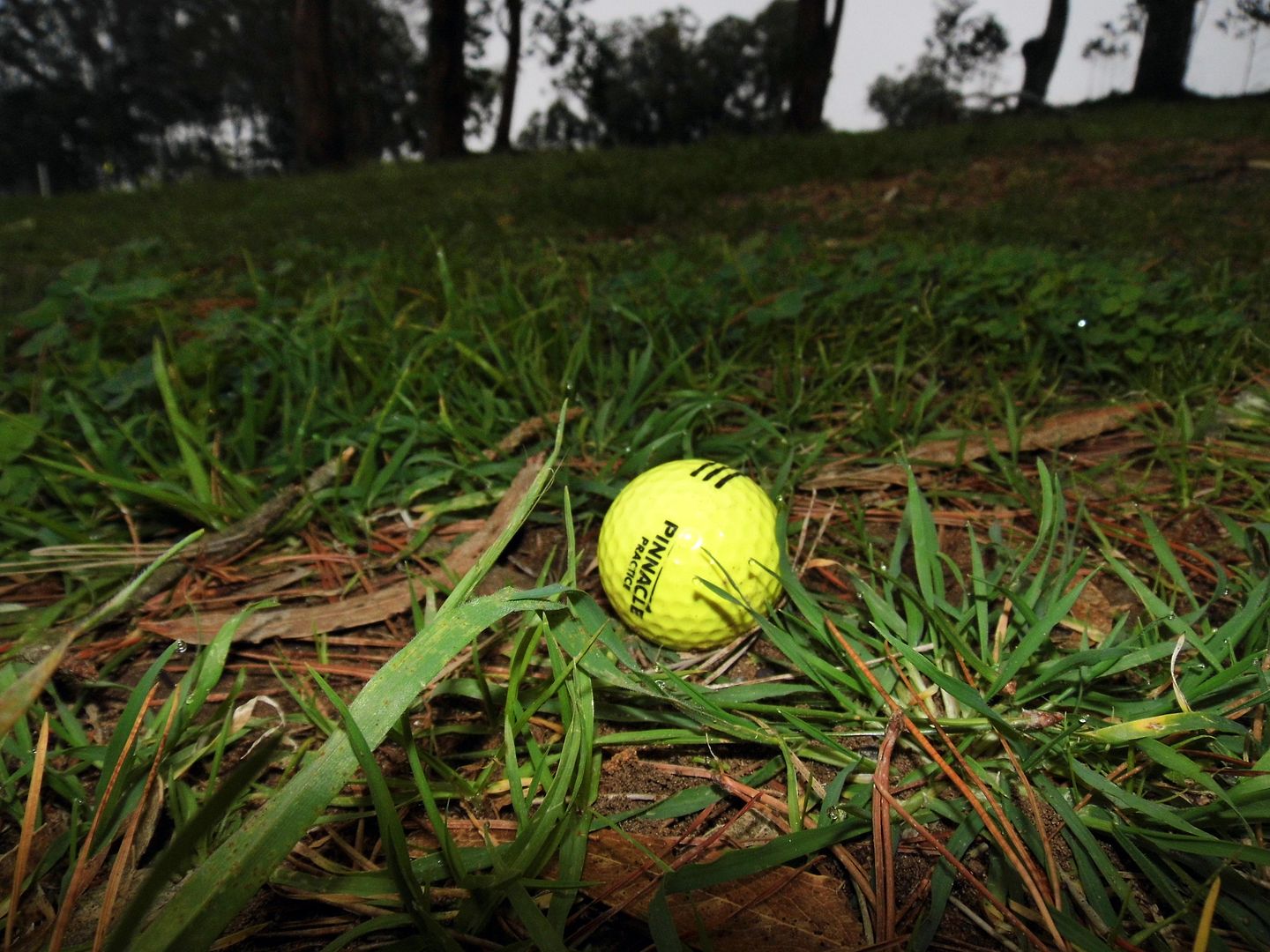
I'd hoped to have better luck at the Morro Bay Golf Course, which is attempting to conserve its migrating butterfly population.
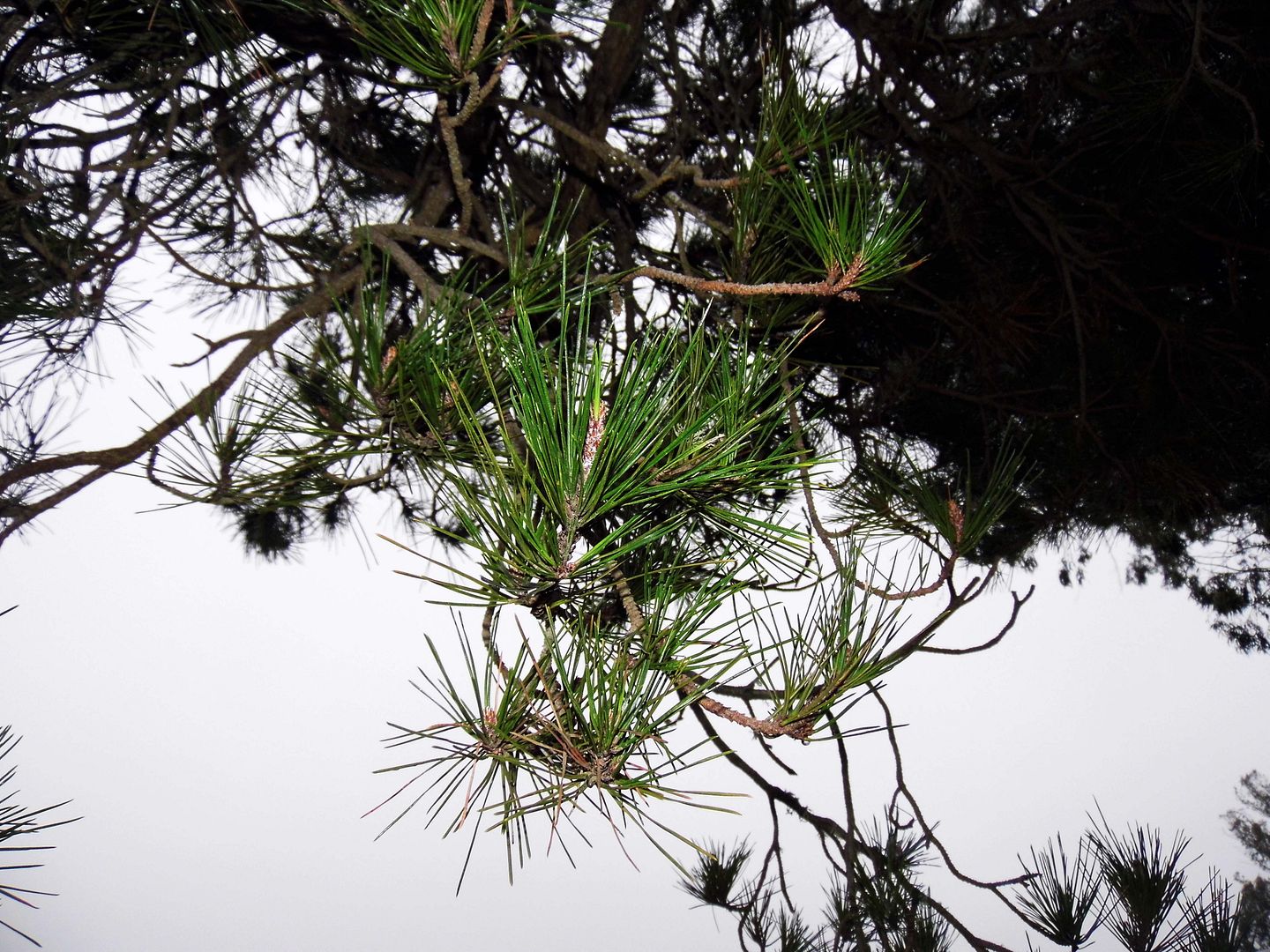
"You should've been here back in November," our guide told us. "They're all gone now."
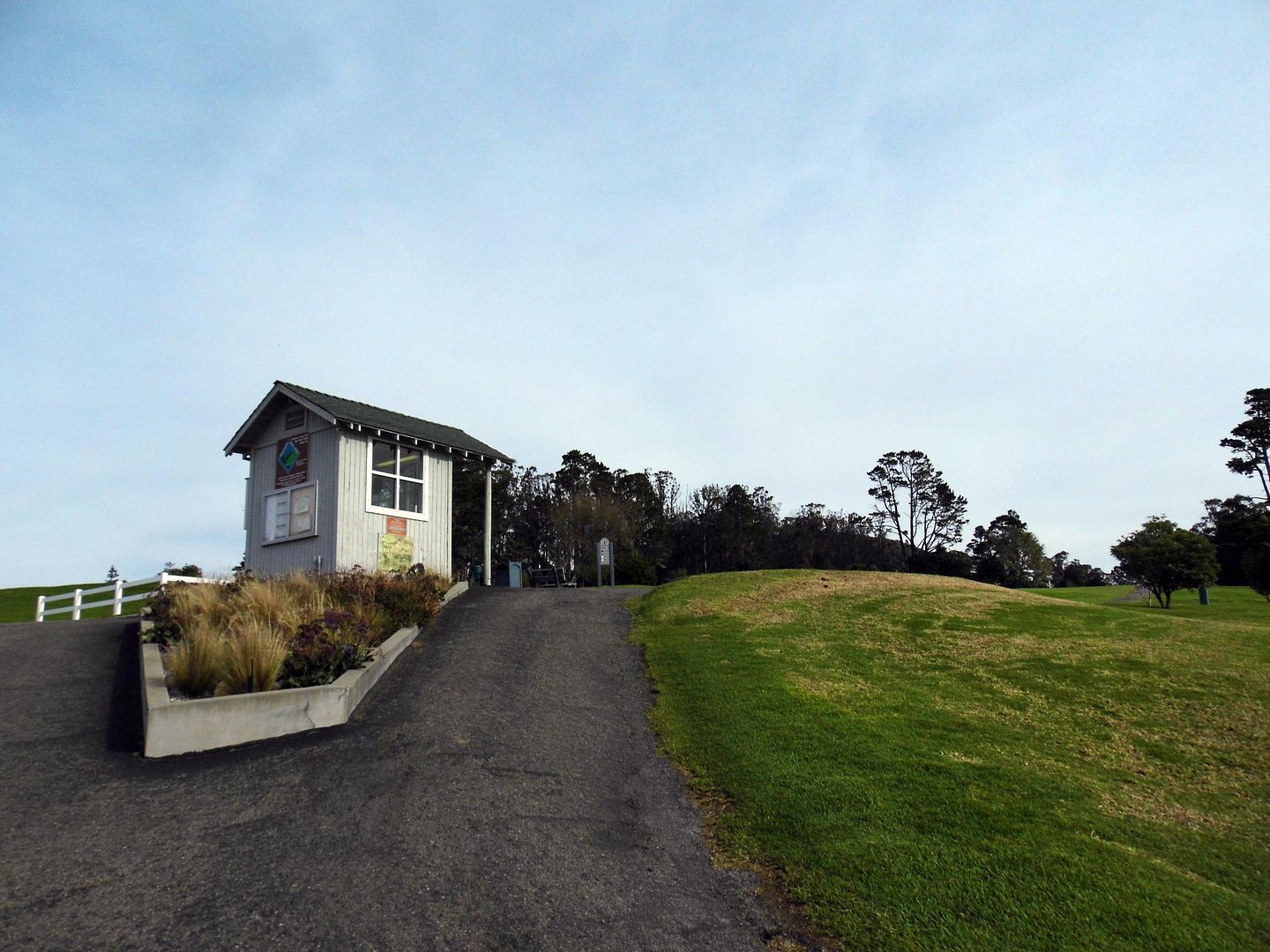
Of course, I'd heard the reports that the monarch butterfly population had declined by 86%. What used to be millions had dwindled down to thousands. But when I returned to Morro Bay Golf Course in December of this year, I'd hoped to see hundreds.

"You should've seen them a couple weeks ago," our guide told us. "But that last wind storm we got blew them all away. And only a few have returned."
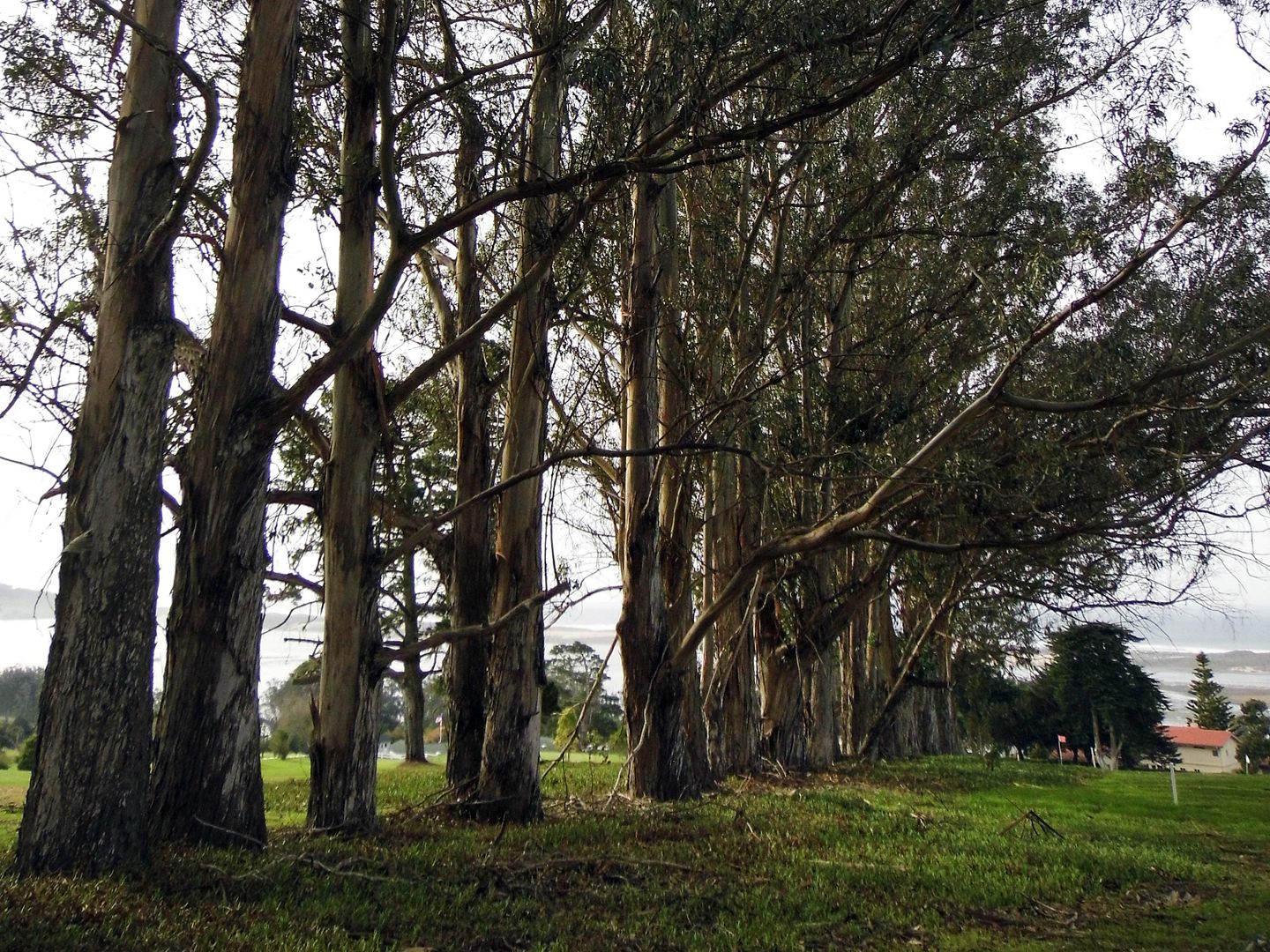
I was on a free tour offered by the golf course for the public to visit its eucalyptus tree grove—not an easy journey on your own, as it requires walking between the driving range and the 9th hole, right in the crosshairs of golfers that may not necessarily have great aim.
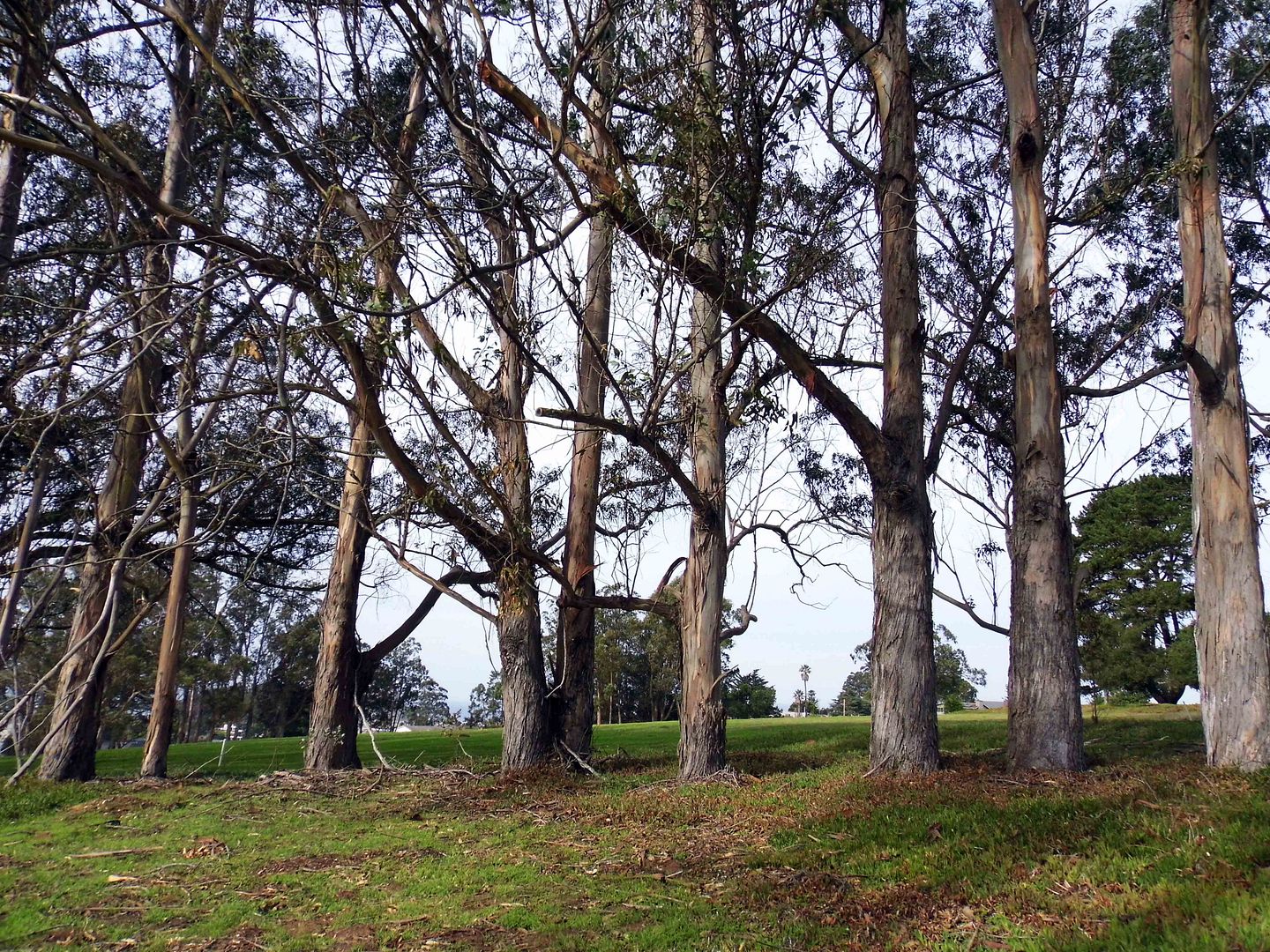
The tours are scheduled at 11 a.m. because that's when the monarchs tend to "fly out" of their clusters—but by the time we arrived on that day, they'd already "flown out."

And once again, I felt lucky just to spot one or two individual monarchs flitting about, maybe in silhouette against the blue sky, landing on an ice plant that covers the ground below or on a eucalyptus leaf in a tree above.

It turns out the main attraction was a cluster of no more than a dozen monarchs—only one of which had opened its wings to reveal its orange and yellow hues. The rest of them, exposing only the undersides of their wings, just look like leaves from afar.
It was better on my second try than on my first. But it was still disappointing.
And it still burned me up when our guide said, "Oh, just wait for February, when it should get really good after they mate, and you'll see the males on the ground."
I can't take my chances and go back again in February. I live too far away—at least a 3-hour drive—to keep chasing this moving target.
I need more of a "sure thing."
So next, maybe I'll just have to go to Mexico City—the destination for the monarch butterflies migrating from east of the Rocky Mountains.
Seeing a multi-million-strong swarm of orange wings, interrupted only by the pattern of black spots, just seems like something I need to do before I die.
Related Posts:
Dispatches from the Butterfly Boom
A Deer Sighting in the Valley of the Bears

No comments:
Post a Comment